- Learning time
- 20 minutes
- First play time
- 80 minutes
New York Zoo
Designed by: Uwe Rosenberg
Although it may not look it at first glance, New York Zoo is actually a race: everyone starts with an empty ‘zoo’ – their own personal board – and the first person to fill it up with animal enclosures instantly wins.
In the middle of the playing area is a shared board, populated by tetromino-shaped enclosure locations alternating with animal locations. Players take turns moving the elephant piece around this board 1-3 spaces: if you stop on an enclosure location, you take the enclosure and add it to your zoo. If you stop on an animal location you take one or both of the animals shown there, adding them either to an enclosure that already has the matching animal in it, or to one of your ‘house’ spaces, that basically act like a queueing space for animals waiting to go in an enclosure.
There are a couple of catches to consider.
Firstly, you can’t take an enclosure unless you have at least one animal to place in it. You can, however, move an animal from one populated enclosure to a newly-placed empty one – as long as you don’t leave any active enclosure empty.
Secondly, animals being animals, they will occasionally breed. When the elephant passes a breeding point on the shared board, any players with two or more animals in the same enclosure can add another. What you’re aiming for is to fill the enclosure up: when every square in it is occupied by an animal, they are all returned to the supply (although you can keep one in a house if you have room for it) and you get to add an attraction tile to your board. These are beneficial in that you’re obviously trying to be the first to complete your zoo so covering anything is good – but also in that they come in a variety of sizes and can be used to fill up little spaces between your enclosures.
That’s pretty much the game, except to say the way the enclosure pieces are set up you are picking up big ones first and small ones later in the game, so your first and second slow-to-fill enclosures may paint a false impression of the game as a fairly light, leisurely undertaking, but be aware – it speeds up quickly and decisions get tougher!
The guru's verdict
-
Take That!
Take That!
Your predominant focus is on your own zoo and what works best for you. However there's a fringe potential for players to mess up each other's plans, inadvertently or otherwise, by taking a certain enclosure, or moving the elephant a little further than someone might have liked.
-
Fidget Factor!
Fidget Factor!
Low to moderate. Early-game decisions are easy, but even for the most casual players, juggling the needs of various different enclosures during the late-game busyness requires a bit of canny thought.
-
Brain Burn!
Brain Burn!
There's not a huge amount of rules; the brain-burning with New York Zoo is more about dovetailing the strategic possibilities of your board with the possibilities the elephant presents to you when your turn arrives.
-
Again Again!
Again Again!
The set-up is partly random, but this is enough - along with player decisions - to vary the game on a micro level. On a larger scale your goal is always the same, but if you like the puzzle aspect, there's always the satisfaction of seeing your plans very literally click in front of your eyes.


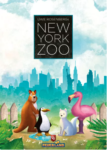
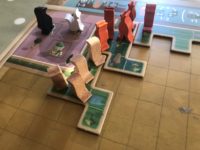
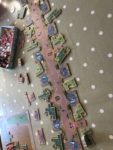

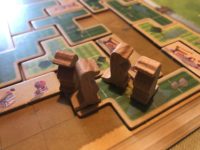



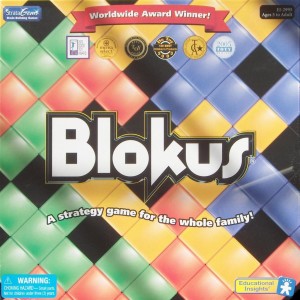

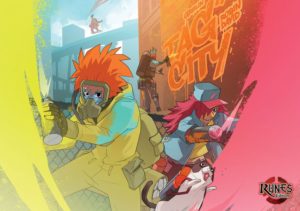
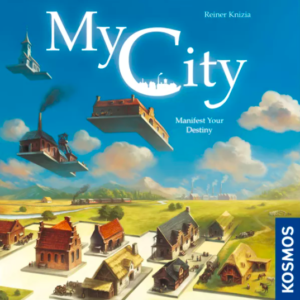
Sam says
Tetrominoes, or polyominoes or whatever they are called, obviously scratch an itch for a lot of people because having made their way into the board game space a few years ago it seems people can't get enough of them: Blokus is a classic family game, Uwe Rosenberg (designer of New York Zoo) made a trilogy of them (including Cottage Garden) My City paired the puzzle-solving with a [simple_tooltip content='A 'campaign' of plays, where results from one game have impact on subsequent ones']legacy [/simple_tooltip]element, and they feature once-removed in planning games like Tiny Towns and Little Town. New York Zoo compares well, offering easy rules - outside a couple of wrinkles - but tough decisions. Those big enclosures are great because they take up a lot of space. But the smaller enclosures give you more flex, and can be filled quicker to grab those bonus tiles. Do you expand early with sparsely-populated enclosures, or try and fill them up rapid-fire to give you more momentum? Designer Rosenberg does seem to return a lot of his explored themes, but he knows how to give each one a more-ish element to it, distinct from the last and engaging in its own right.